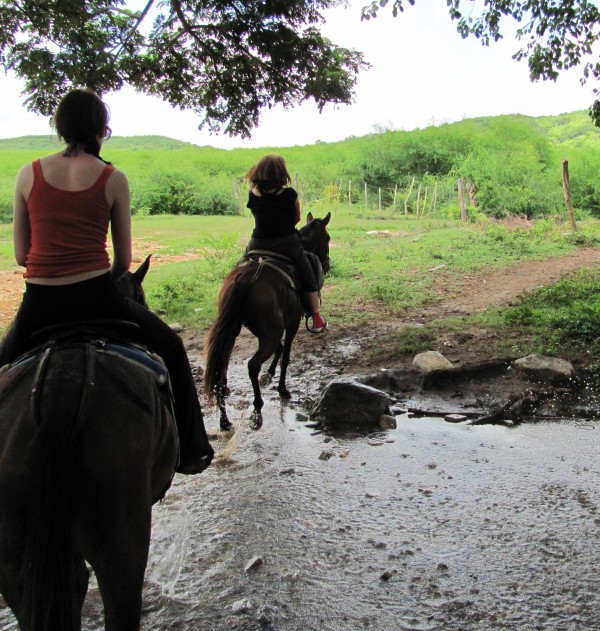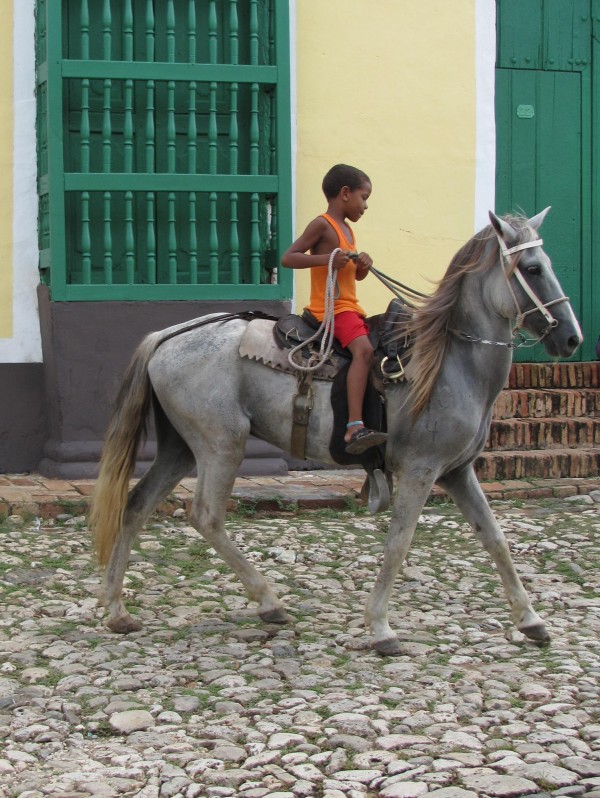Horseback riding looks so romantic in the movies. It’s not.
I’ve made notes-to-self on this before, but I forget, and so I’ll message myself again: Don’t book a massage appointment the day before horseback riding, because you’ll undo all the feel-good after 30 seconds of trotting. Come to think of it, just don’t go horseback riding. Ever.



